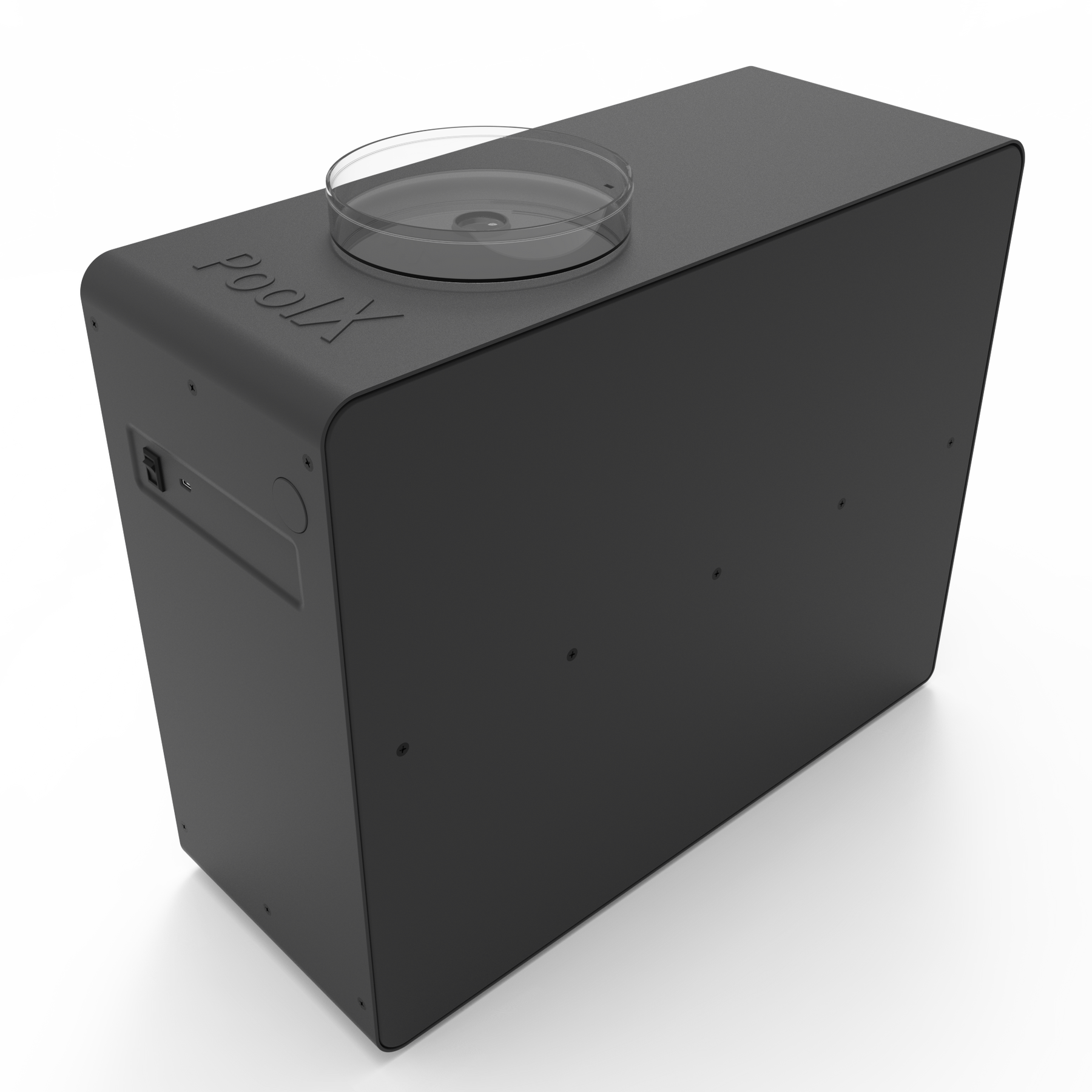Algae growth on your pool walls can be a nuisance and an eyesore. Homeowners often face this problem, especially during the hot months. If left untreated, algae can quickly multiply and affect the water quality, making it unsafe for swimming. In this article, we will delve into how to remove algae from pool walls and maintain a clean and safe swimming pool.

What is Algae and Why Does It Appear in Pools?
Algae are simple, plant-like organisms that thrive in water environments. They can appear in various colors, including green, yellow, black, and mustard yellow. Algae spores are carried by wind, rain, and even contaminated swimsuits and pool equipment. If your pool does not have proper circulation, filtration, and sanitation, these spores can turn into full-blown algae blooms.

Types of Algae Found in Pools
Green Algae
Green algae are the most common type found in pools. They are free-floating and can make the pool water appear cloudy or have a greenish tint.
Yellow/Mustard Algae
Yellow or mustard algae are more stubborn and appear as yellowish or mustard color deposits on the walls and floor of the pool.
Black Algae
Black algae are the toughest to remove. They appear as black spots or clumps on pool walls and have deep roots that anchor firmly to the pool surface.

Steps to Remove Algae from Pool Walls
Step 1: Test and Balance Your Pool Water
Before you begin the algae removal process, it is crucial to check the pool’s pH and chlorine levels. Use a pool test kit to measure these levels. The ideal pH should be between 7.2 and 7.6, and chlorine levels should be at 3 ppm (parts per million).
Step 2: Brush the Pool Walls
Using a pool brush, scrub the walls and the floor to remove as much of the algae as possible. For concrete pools, use a steel brush, and for vinyl pools, opt for a nylon brush.
Step 3: Shock the Pool
Shocking the pool involves adding a high dose of chlorine to kill the algae. Follow the instructions on the shock treatment package, and ensure the pool pump and filter are running to circulate the water.
Step 4: Use an Algaecide
Add a good quality algaecide to the pool water according to the manufacturer’s instructions. This will prevent the algae from returning and keep the water clean.
Step 5: Clean the Filter
After removing the algae, clean or backwash your pool filter to remove any remaining algae particles. This ensures the filtration system remains efficient.
Maintaining Your Pool to Prevent Algae
Regular Brushing and Vacuuming
Regularly brush and vacuum the pool walls and floor to prevent algae spores from settling.
Proper Water Circulation
Ensure your pool pump and filtration system are running efficiently to keep the water circulating.
Maintain Correct Chemical Levels
Regularly test and balance the pH and chlorine levels to prevent algae growth.
FAQs
1. How often should I shock my pool?
It is recommended to shock your pool once a week during peak swimming season, and after heavy rain or increased usage.
2. Can I swim immediately after adding algaecide to the pool?
It is best to wait at least 24 hours after adding algaecide before swimming.
3. What is the best way to prevent algae in a pool?
Maintain proper water chemistry, ensure good circulation, and regularly clean and brush the pool.
Conclusion
Algae can be a persistent problem, but with the right approach and consistent maintenance, you can keep your pool clean and safe for swimming. Remember to test and balance the water, brush and shock the pool regularly, and use algaecide as needed. For more information on pool maintenance and how it can improve your quality of life, visit Home Repairs Improve and learn how proper pool care can increase your home’s value on Real Estate Advice.
As an Amazon Associate, I earn from qualifying purchases.

